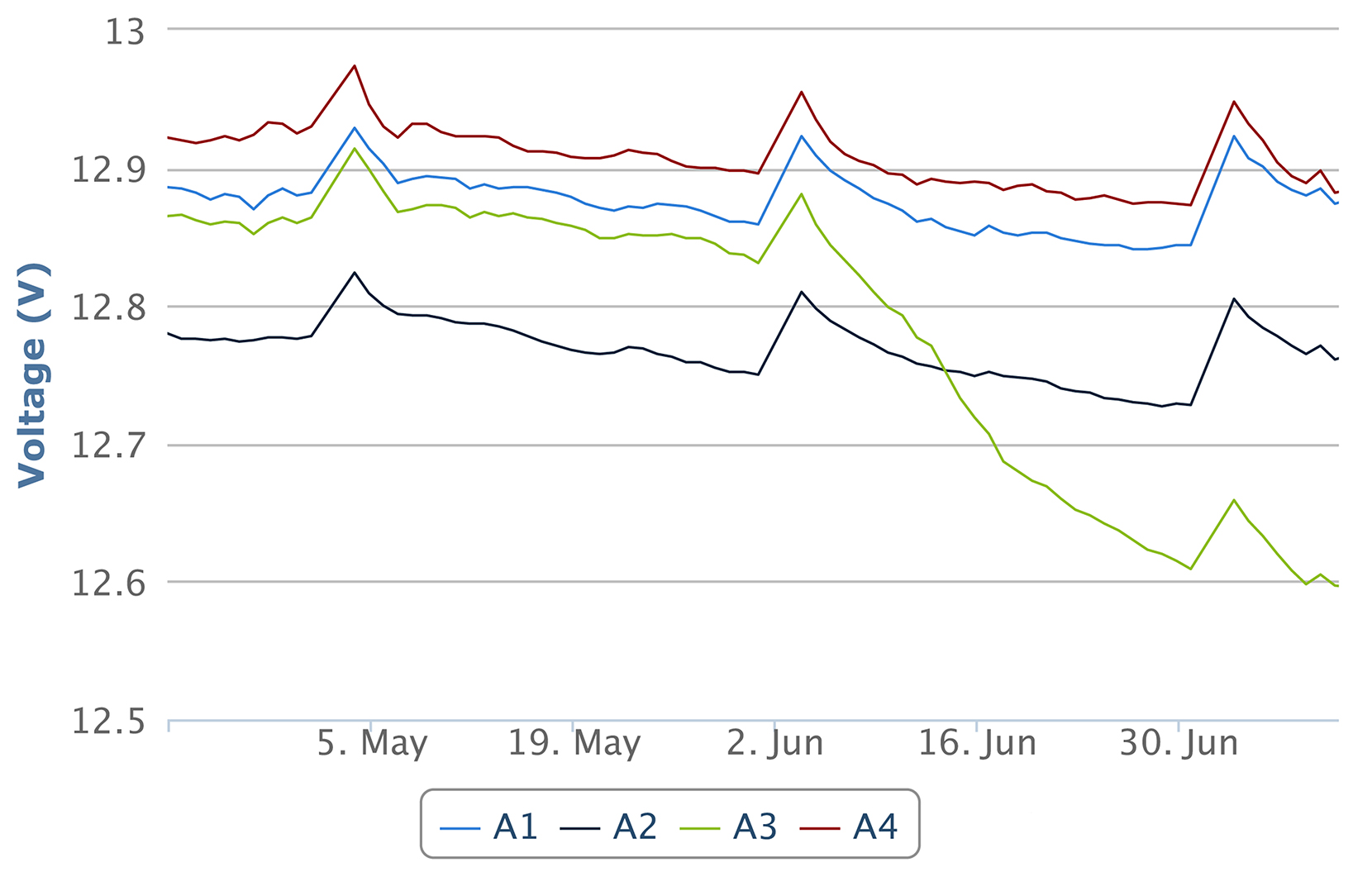By Edward McMahon, CEO
Epec Engineered Technologies
Every day more and more of the things we use on a day-to-day basis use batteries. The global market for batteries in 2014 is $83 Billion, and according to research from The Fredonia Group, it will grow at a CAGR of 7.8 percent through 2019 as devices continue to proliferate. Rechargeable lithium-ion batteries make up the largest segment and market growth will be driven largely by hybrid and electric cars and batteries for electronic devices. Read more about Futuristic Trends in Battery Charging Technology …










